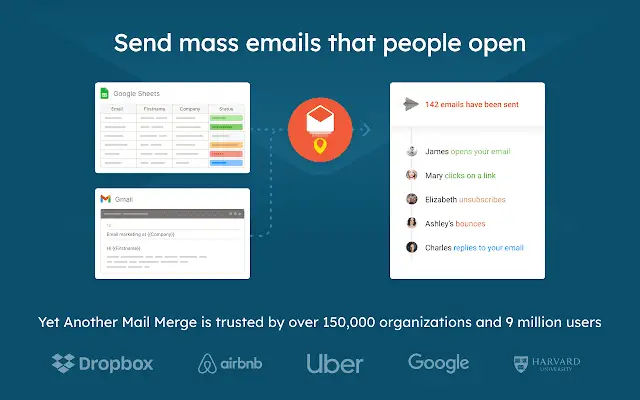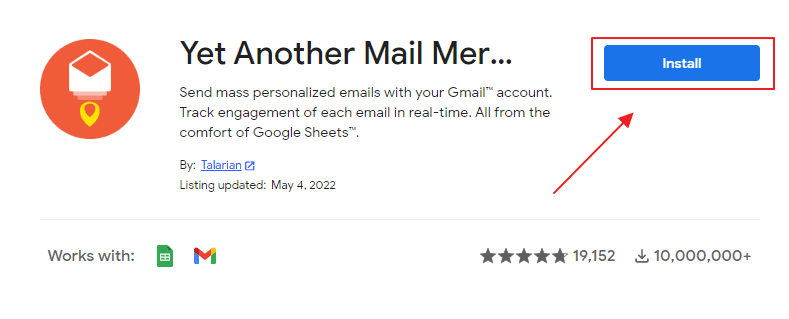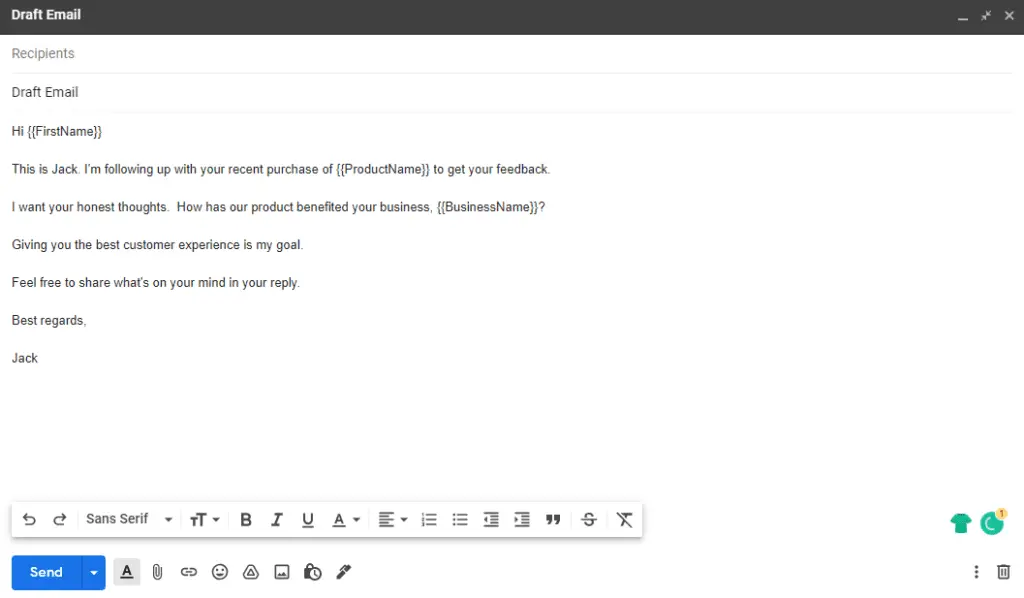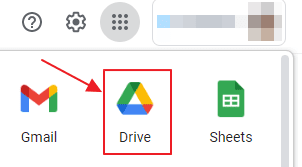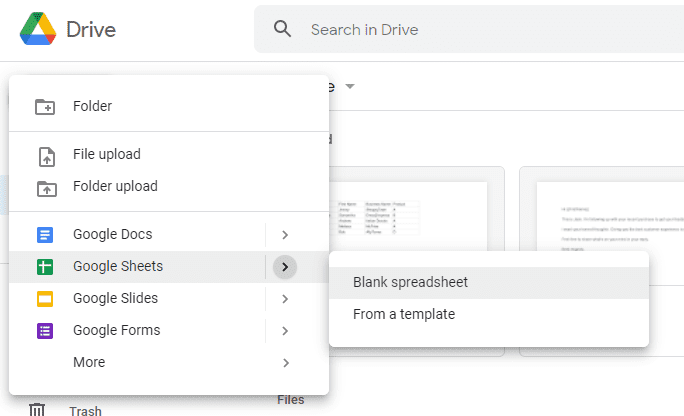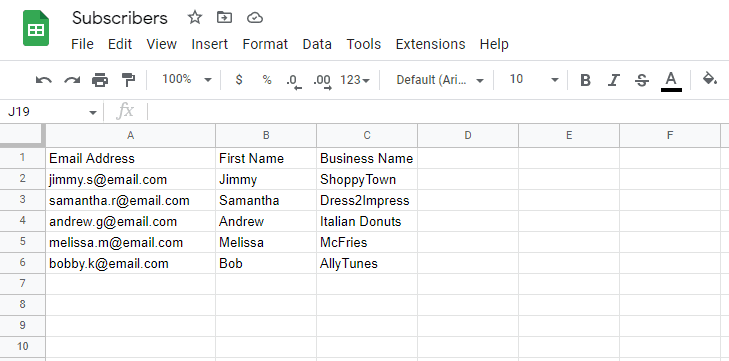HOW TO SEND MASS EMAIL IN GMAIL – In this article, we examine the intricacies of mass email using Google Workspace and YAMM, highlighting its potential benefits and pitfalls.
This tool offers a streamlined approach to reach a broad audience, but it comes with its challenges.

What is mass Email?
Mass email involves sending a large number of emails simultaneously, typically for marketing or communication purposes, using automated tools.
These emails can target specific recipient lists and serve various goals, but it’s essential to comply with email marketing regulations, maintain sender reputation, and respect recipient preferences to ensure successful and responsible mass email campaigns.
A step-by-step guide on how to send mass Email in Gmail
Step 1: Install a Mail Merge Extension
To initiate mail merge, which enables personalized mass emailing by merging data from a subscriber list, such as email addresses, first names, and business addresses.
A recommended choice for this purpose is the widely-used Yet Another Mail Merge (YAMM) addon.
Visit the YAMM installation page and click the “Install” button.
Then grant YAMM permission to access your contacts and edit documents in the resulting popup window.
Step 2: Compose Your Message
In Gmail, create the email content you want to send. Include a personalized greeting line at the beginning of your email’s body, which can be customized with the formal address and first name of each recipient.
Incorporate the content you intend to personalize for each recipient using a keyword enclosed by curly brackets, like this: “{{First Name}}.”
Step 3: Prepare Your Subscriber List
Arrange your contact details using a spreadsheet. Inside Gmail, click the Google Apps menu located in the upper right corner, then choose the Drive icon to enter Google Drive.
You can either generate a new Google Sheet or upload an existing Excel spreadsheet (or .csv file) if your subscriber list is ready.
Ensure that each column in your spreadsheet has a header that corresponds to the type of information in your subscriber list, aligning it precisely with the text enclosed in curly brackets for personalized content in your email draft.
Remember to include at least one column for email addresses.
Step 4: Initiate Mail Merge
Within your Google Sheet, navigate to the main menu’s Extensions tab. Locate and click on “Yet Another Mail Merge: Mail Merge for Gmail,” followed by selecting “Initiate Mail Merge” from the dropdown menu.
Be sure to provide the Sender Name for recipient identification and choose the previously prepared email draft as your Email Template.
Step 5: Send Mass Email
Now you can dispatch your emails immediately or schedule them for later delivery.
Keep in mind that the free version of YAMM allows you to send up to 50 emails at once. If you have more than 50 recipients, consider using a free email marketing tool like Brevo.
What are the advantages of sending Mass Email?
Sending mass emails offers efficiency, cost savings, personalization, tracking, and analytics benefits, enabling broader reach and consistent messaging.
It also allows for segmentation, automation, time zone management, easy updates, and scalability.
However, responsible use, adherence to email marketing best practices, and providing value to recipients are crucial for success.
What are the disadvantages of sending Mass Email?
Disadvantages of mass email include spam risk, high unsubscribe rates, list management complexity, limited personalization, and potential irrelevance to recipients.
Technical challenges, legal compliance issues, and competition for attention can also pose problems, along with resource-intensive campaign creation and negative brand perceptions if not executed well.
Maintaining accurate data and adopting effective email marketing strategies are vital for mitigating these drawbacks.
Conclusion
In summary, mass email is a powerful tool for efficient communication and marketing. Following the step-by-step guide using Google Workspace and YAMM ensures personalized mass emails.
While it offers benefits like efficiency and scalability, challenges like spam risks and unsubscribes require careful management. Success hinges on a balanced approach that combines strategy and responsibility.


